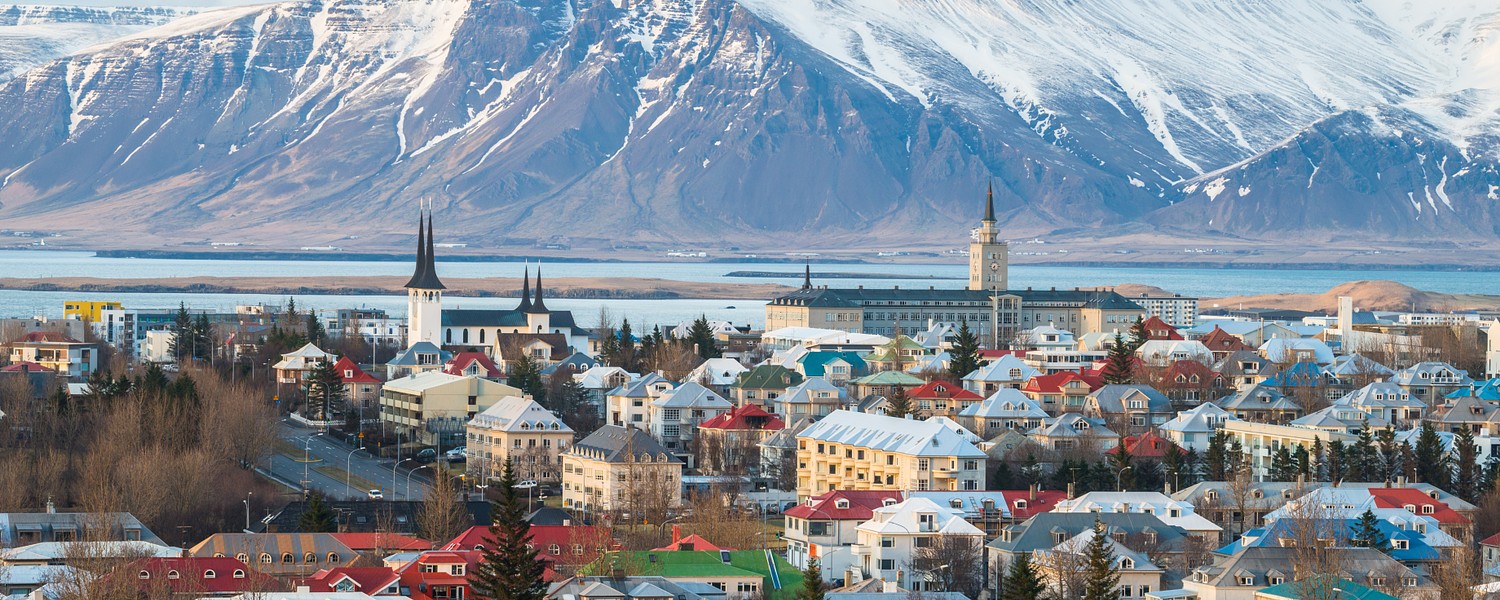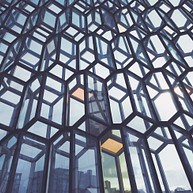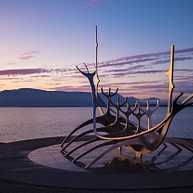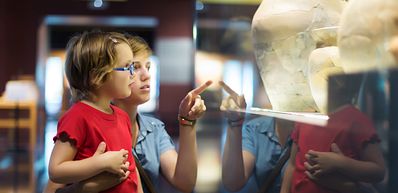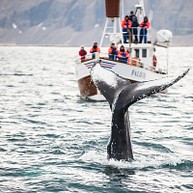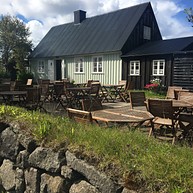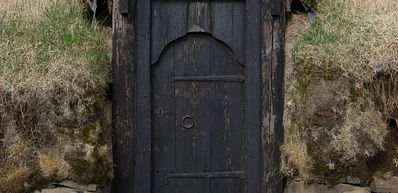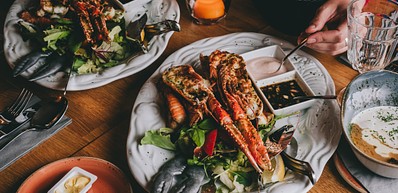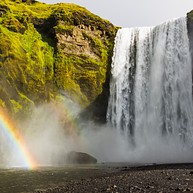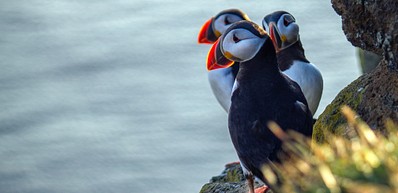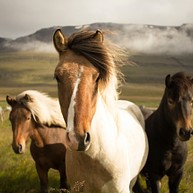
Hallgrímskirkja — The Church of Hallgrímur
Hallgrímskirkja is an iconic part of Reykjavík's skyline and at 74.5 metres tall, it is one of the tallest structures in the country.
The gigantic church on the hill was a controversial project, but Icelanders have come to embrace their monumental tower in all its brutalist glory. The concrete mountain which took over 40 years to construct was inspired by the unusual columnar basalt formations along Iceland’s coast.
You can admire the building inside and outside, go to the top of the tower to catch the view or attend an organ concert.
The church is named after Hallgrímur Pétursson — a 17th-century minister and poet who wrote the 'The Passion Hymns'. The book remains popular to this day.
Read more

